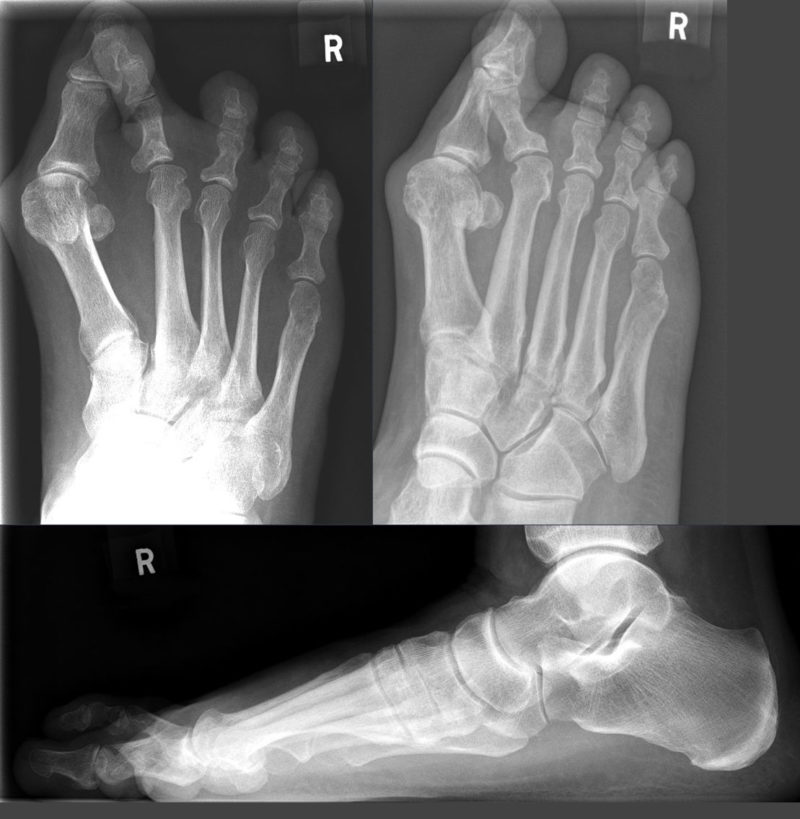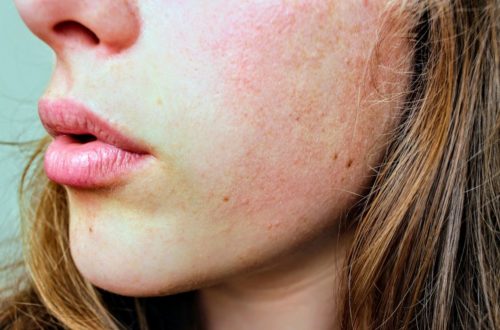Bunion Causes and Treatments: What You Need to Know

Bunions are a common foot condition that can cause significant discomfort and impact daily activities. Understanding their causes and potential treatments can help you manage the symptoms effectively and improve your quality of life. In this blog post, we’ll explore what bunions are, what causes them, and the best ways to treat them.
What Are Bunions?
A bunion is a bony bump that forms at the joint at the base of your big toe. This occurs when some of the bones in the front part of your foot move out of place. It causes the tip of your big toe to get pulled toward the smaller toes and forces the joint at the base of your big toe to stick out. The skin over the bunion might be red and sore.
Causes of Bunions
Several factors contribute to the development of bunions, including:
- Genetics: A hereditary foot type may make some individuals more prone to developing bunions.
- Footwear: High heels or shoes with a tight, narrow toe box can crowd your toes, triggering the condition.
- Foot Stress or Injuries: Any foot stress or injury can contribute to the formation of a bunion.
- Arthritis: Inflammatory conditions, such as rheumatoid arthritis, can increase the risk of bunions forming due to joint inflammation.
Symptoms of Bunions
Bunions are characterized by signs and symptoms that include:
- A bulging bump on the outside of the base of your big toe
- Swelling, redness, or soreness around your big toe joint
- Corns or calluses that develop where the first and second toes overlap
- Persistent or intermittent pain
- Restricted movement of your big toe
Treatment Options for Bunions
While bunions are permanent unless surgically corrected, several treatment options can help manage symptoms:
Non-Surgical Treatments
- Padding and Taping: Pads can cushion the painful area and prevent friction.
- Medication: Over-the-counter pain relievers can reduce inflammation and pain.
- Shoe Inserts: Orthotics can help distribute pressure evenly and reduce symptoms.
- Applying Ice: Ice packs can reduce inflammation and alleviate pain.
Surgical Options
When conservative treatments fail to relieve symptoms, surgical options may be considered. Surgical procedures can realign the bones, ligaments, tendons, and nerves to bring the big toe back to its correct position. For more information on addressing bunions and other foot lumps, check out The Bunion Cure.
Conclusion
Bunions can severely impact your daily life, but understanding the causes and available treatments can empower you to take action. Whether you choose conservative management or decide to explore surgical options, always consult with a healthcare professional to determine the best course of action for your specific situation. If you’re experiencing bunion-related symptoms, don’t hesitate to reach out to medical experts for advice and treatment.
Would you like to receive similar articles by email?





